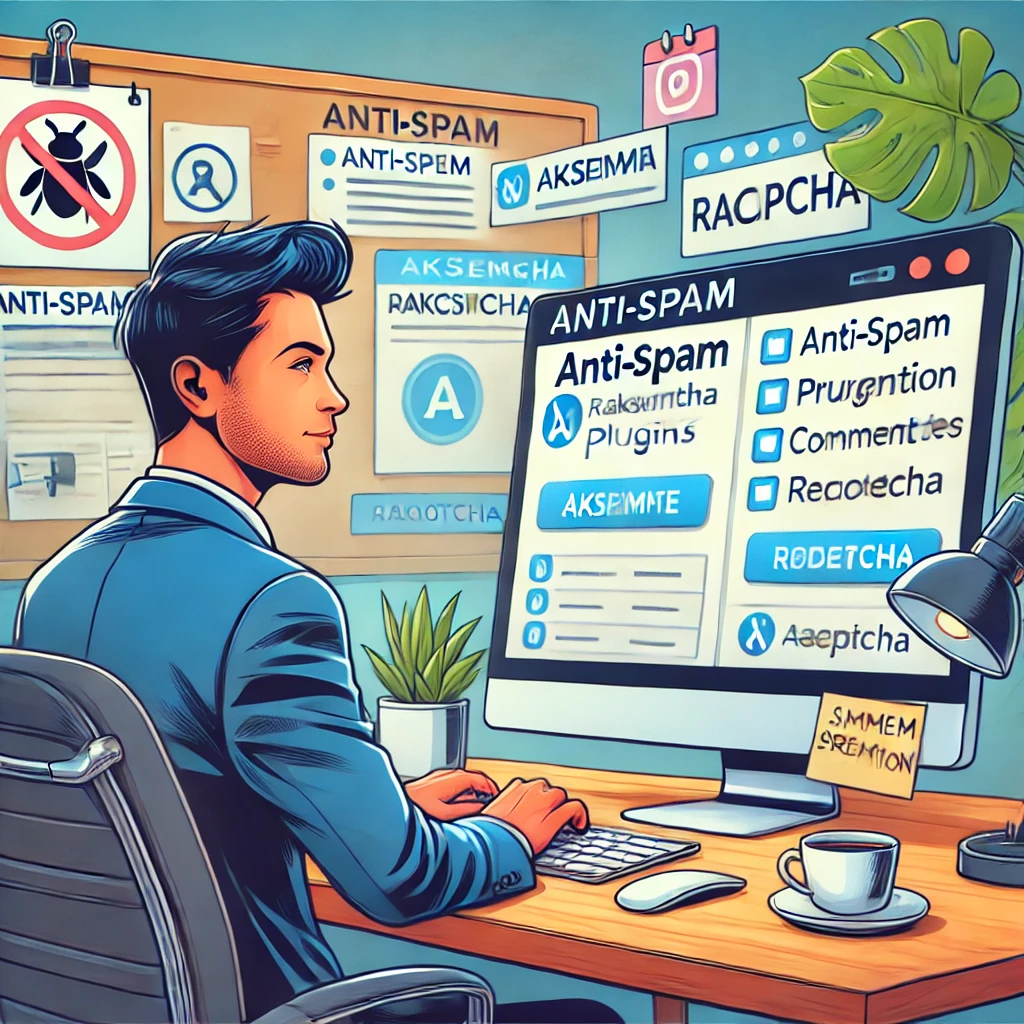Battling 16,000 Spam Comments: A Month of Chaos on My WordPress Blog
Imagine waking up one morning, logging into your WordPress blog, and seeing a staggering number of notifications. This was my reality when I discovered that my blog had received over 16,000 spam comments within a month. This post will walk you through my experience, the impact it had, and the steps I took to combat this relentless wave of spam.

The Initial Shock
When I first saw the number of comments, I was both confused and overwhelmed. How could my blog, which usually received a modest number of comments, suddenly become a target for spammers? The immediate impact was daunting. Legitimate comments were buried under an avalanche of spam, making it nearly impossible to engage with my readers or maintain the quality of discussions.
The Impact on My Blog
The flood of spam comments had several negative effects:
- Performance Issues: My website’s performance began to suffer. The sheer volume of spam slowed down the backend, making it harder to manage my blog.
- SEO Concerns: Spam comments can harm your SEO ranking. Search engines might perceive your site as lower quality, which could impact your visibility.
- Reader Engagement: Genuine comments from readers were lost in the sea of spam. This not only discouraged reader interaction but also damaged the community aspect of my blog.
Taking Action
Determined to reclaim my blog, I took several steps to address the spam issue:
- Activating Akismet: Akismet is a powerful plugin that helps filter out spam comments. If you’re running a WordPress blog, this is an essential tool. After activating Akismet, I noticed an immediate reduction in the number of spam comments.
- ReCAPTCHA: Implementing Google’s reCAPTCHA on my comment forms added an extra layer of security. It effectively differentiates between human users and bots, significantly reducing spam submissions.
- Comment Moderation: I changed my comment settings to require manual approval for each comment. While this added to my workload, it ensured that no spam comments would appear on my site.
- Blacklisting Keywords: By identifying common keywords and phrases used in spam comments, I created a blacklist. This helped in automatically flagging potential spam comments for review.
- Disabling Comments on Older Posts: Spam bots often target older posts. By disabling comments on posts older than 30 days, I was able to cut down a significant portion of spam.
Monitoring and Maintenance
Dealing with spam is not a one-time fix; it requires ongoing vigilance. Here are a few practices I adopted:
- Regular Plugin Updates: Keeping all plugins and WordPress itself up to date is crucial. Updates often include security patches that protect against new spam tactics.
- Frequent Backups: Regular backups of my blog ensure that I can quickly restore it to a previous state if anything goes wrong.
- Continuous Monitoring: I periodically review my comment moderation settings and blacklist to adapt to new spam patterns.

Lessons Learned
This experience taught me several valuable lessons:
- Proactive Measures: It’s crucial to implement anti-spam measures early. Don’t wait until you’re overwhelmed by spam to take action.
- Community Engagement: Engaging with your readers and encouraging them to report spam can help maintain the quality of your blog.
- Adaptability: Spammers are constantly evolving their tactics. Staying informed and adaptable is key to keeping your blog spam-free.
Conclusion
Receiving 16,000 spam comments in a month was a wake-up call. It underscored the importance of robust anti-spam measures and regular maintenance. By sharing my experience, I hope to help other bloggers avoid the same pitfalls and keep their online communities thriving. If you’re struggling with spam, remember that with the right tools and strategies, you can take back control of your blog.